Optical-Reef
The Mission
Optical Reef pioneers bringing into feasibility the most absurdly large segmented space telescope mirror aperture ever designed. Spanning up to 1 kilometre in diameter, this project aims to revolutionise our abilities in deep space and exoplanet observations. Built of many autonomous self reliant mirror segments, Optical Reef combines the many technological challenges of in-space assembly with the intricacies and refinement of space optics. With segments of identical design, such an endeavour brings an opportunity for an international consortium of institutes and agencies to contribute and build their own segments in the pursuit of international scientific collaboration. Our project fuels the various fields of research at SERC to allow concurrent development of this novel space telescope.

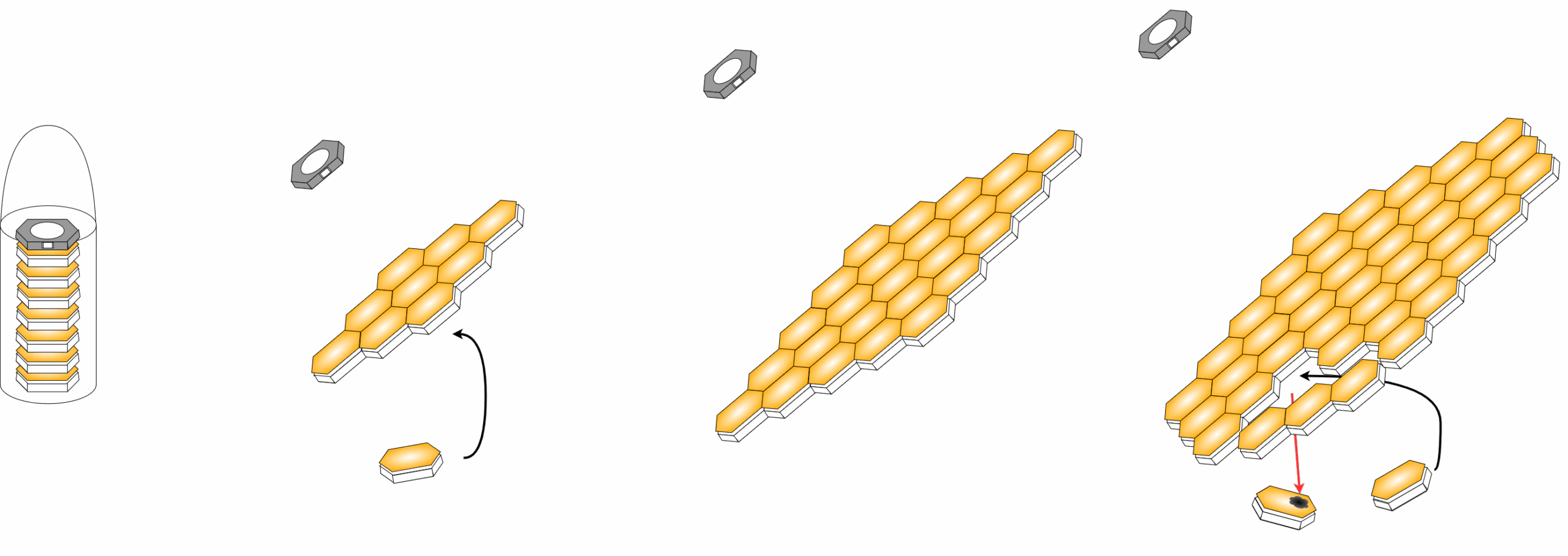
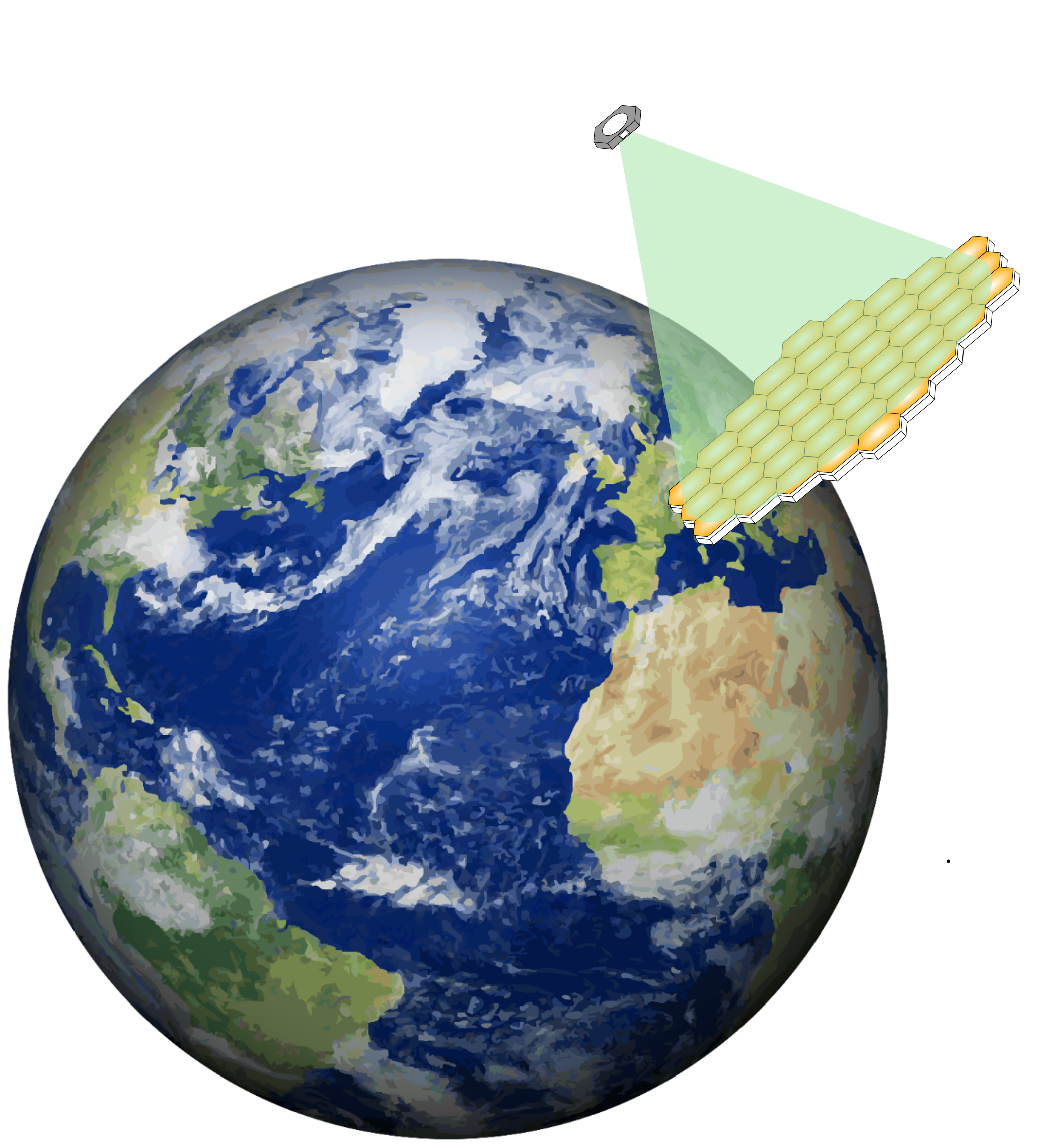
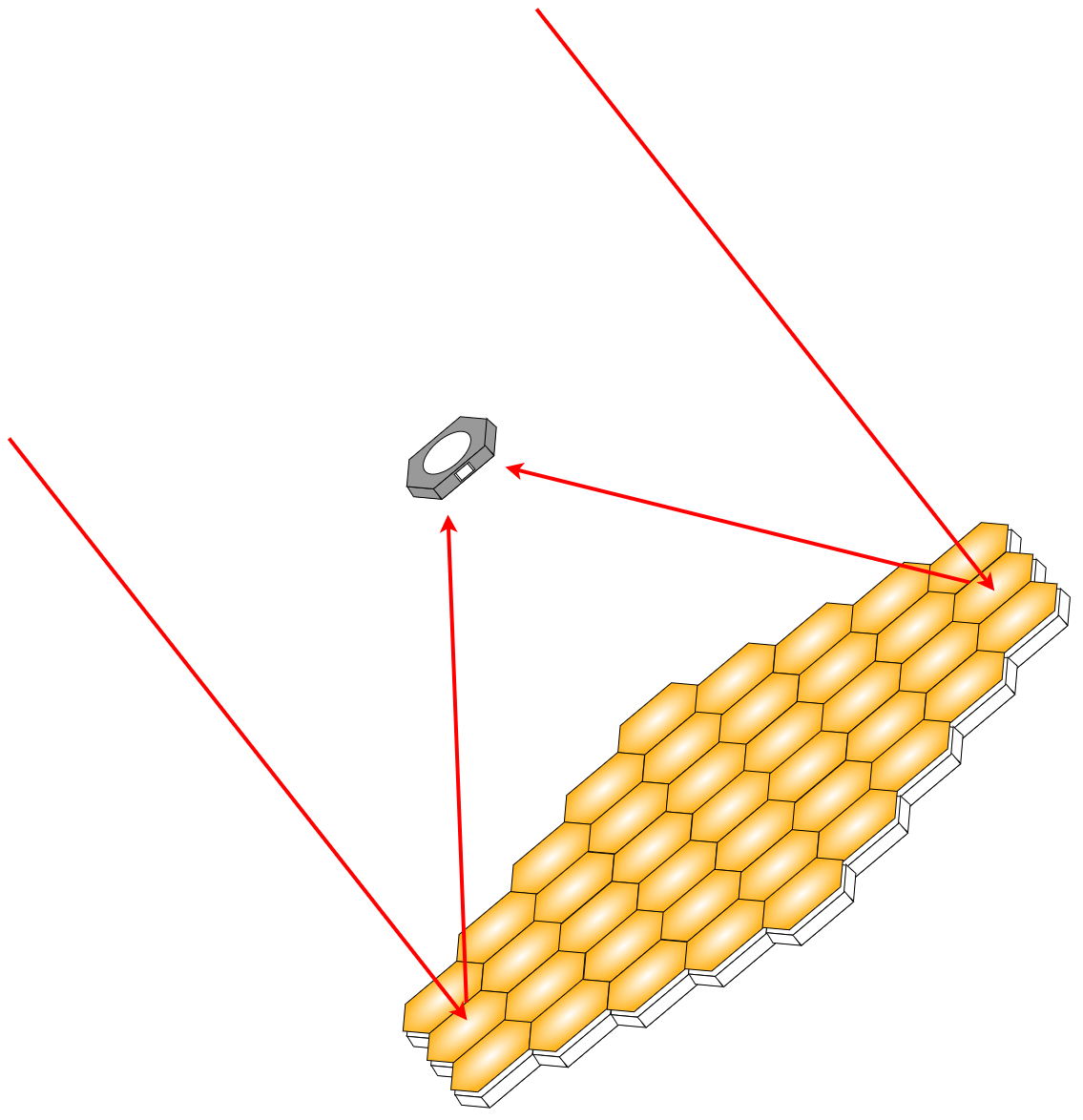
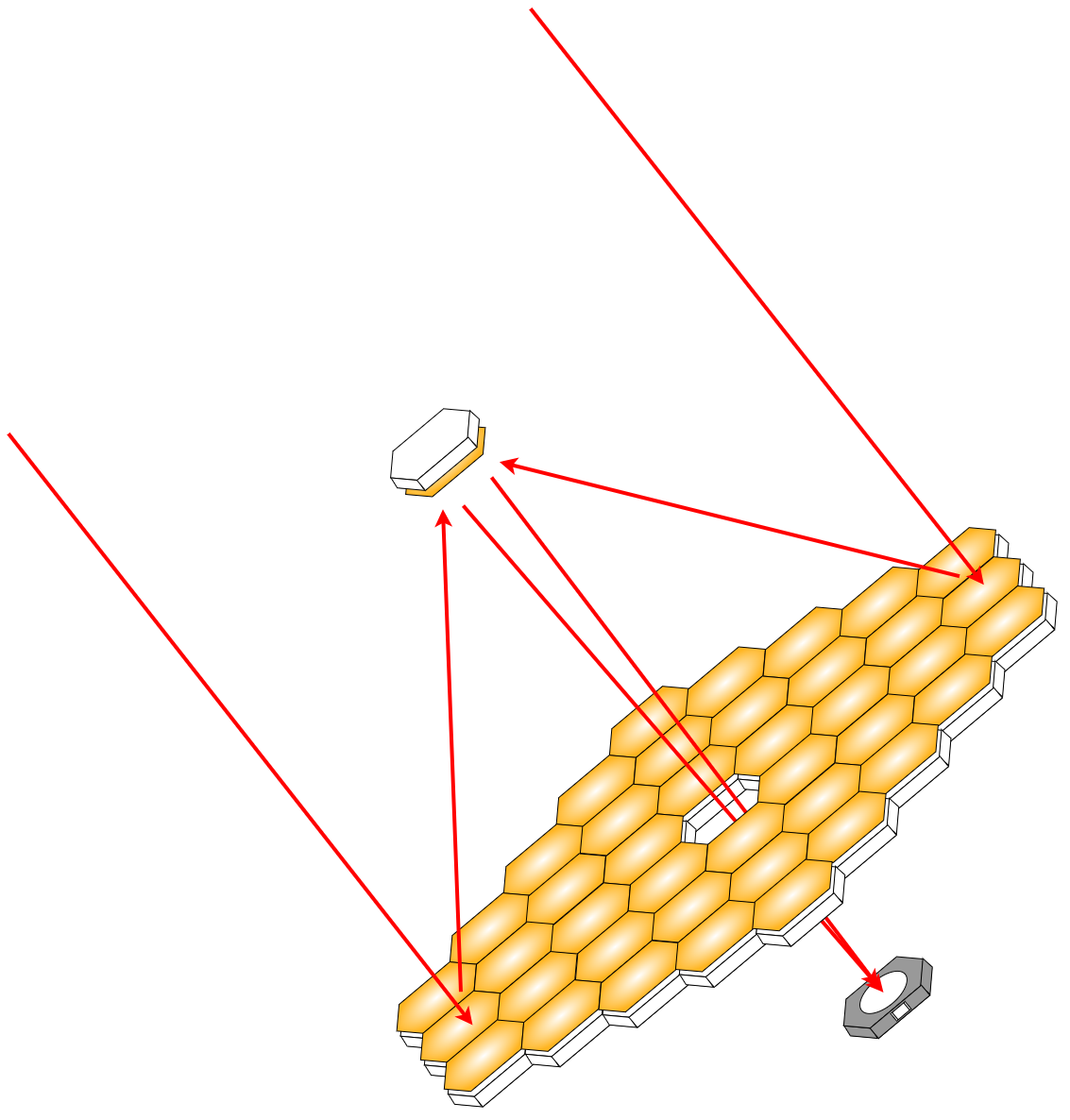
Optical Reef benefits from the vast in orbit assembly expertise leveraged by SERC. We leverage existing methods in development of structures in space but apply it in the incredibly high fidelity needed when constructing a optical telescope. Our system remains modular and flexible. It can operate in any number of assembled configurations of the assembled tiles as well as operate at increasingly growing sizes. When (eventually) struck by debris or affected by any number of environmental factors, the affected segment is simply replaced. When the requirements from the science community change, so does our mission design. More interested in spectroscopy... we swap in a new instrument suite. Interested in a more narrow field of view... we adapt the geometry of the system in real time. Optical Reef intends to revolutionise the philosophy behind telescope design, paving a way for more versatile structures, huge economic efficiency and a large range of scientific applications.
PhDs and Contacts
Principle Investigator
David Barnhart: [email protected]
PhD students

Howard Hall (systems lead)
[email protected]
LinkedIn
MPhys Physics - St. Hugh's College, Oxford
MS Astronautical Engineering - USC
PhD Interest: performance optimisation for absurdly large segmented space telescope systems, including operation of non attached station keeping secondary optical system.

David Bacher
[email protected]
LinkedIn
BS Mechanical Engineering - George Fox University
MS Astronautical Engineering - USC
PhD Interest: distributed control for autonomous on-orbit assembly of space structures

Jaxson Hill
[email protected]
LinkedIn
BS Mechanical Engineering - Harvard
MS Astronautical Engineering - USC
PhD Interest: RPOD assembly of large flexible space structures; vibrational control of segmented space telescopes; dynamic shape control of segmented space telescope backing structure.
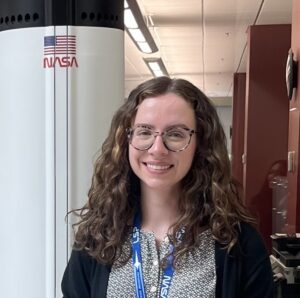
Madeline Stratton
[email protected]
LinkedIn
BS Astrophysics - North Carolina at Chapel Hill
MS Astronautical Engineering - USC
PhD Interest: flux pinning between modular spacecraft components to enable construction and actuation of segmented telescope mirrors and spacecraft systems.
Performance Engineering
Our overarching mission development is driven by research into performance capabilities of such a separated segmented system. Normal factors in space telescope design such as pointing drift, jitter, stray light mitigation and structural fluctuations are compounded by the absence of a rigid structure to maintain the optical axis.

Distributed Control
With a large distribution of actuated components, many different control systems must interface between each other to provide the optimal scientific throughout. Each individual segment must account control its own position in space and its own mirror actuation whilst simultaneously accounting for the larger wavefront adaptations linked down from a detector.
In Orbit Assembly
Assembling such a telescope requires detail considerations of novel rendezvous, proximity operations, and docking systems. Optical Reef autonomous segmented asssembly process will be capable of continuous expansion in size and observation capabilities. During assembly and operations, novel docking mechanisms will accomodate an neccessary ability to deform the segmented reef shape into a parabolic focal collimator and well as aid in vibrational mode mitigations culmilating from each consituent segmented craft.
Publications and Graphics
Support
We take a moment to thank The Chiwi Foundation in the continued support of our PhD students!